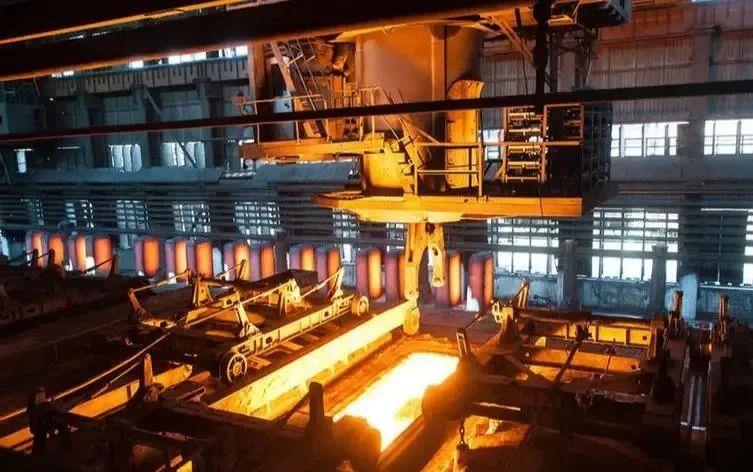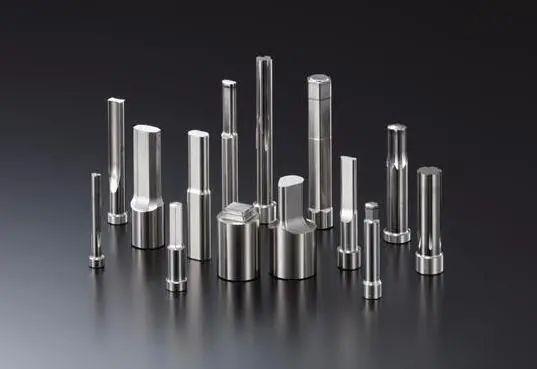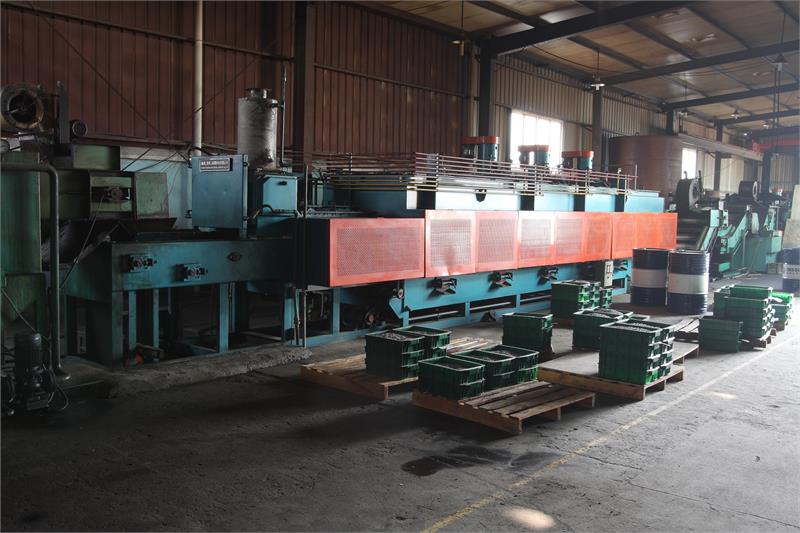Fastener practitioners should be aware of the importance of heat treatment for fasteners, which not only enables them to have certain strength, good plasticity, toughness, etc., but also reduces the occurrence of relaxation, ensuring the quality and reliability of fasteners.
However, in addition to general quality inspection and control, there are also some special quality inspections and controls for the heat treatment of fasteners. Now let’s talk about several control points for heat treatment.
1 Decarbonization and carburization
In order to timely determine the carbon control situation of the furnace, spark testing and Rockwell hardness testing can be used to make preliminary judgments on decarburization and carburization.
Spark detection
It is to lightly grind the quenched parts on a grinder from the surface to the inside to determine whether the carbon content in the surface and center is consistent. But this requires the operator to have proficient skills and spark identification ability.
Rockwell hardness testing
It is done on one side of the hexagonal bolt. First, lightly polish one hexagonal surface of the quenched part with sandpaper and measure the first Rockwell hardness. Then grind this surface off by about 0.5mm on a grinder and measure the Rockwell hardness again.
If the hardness values are basically the same twice, it indicates that there is neither decarburization nor carburization.
When the previous hardness is lower than the subsequent hardness, it indicates surface decarburization.
When the previous hardness is higher than the subsequent hardness, it indicates surface carburization.
In general, when the difference in hardness between two tests is within 5HRC, the decarburization or carburization of the parts is basically within the qualified range when inspected by metallographic or microhardness methods.
2 Hardness and strength
In the inspection of threaded fasteners, it is not possible to simply refer to relevant manuals based on hardness values and convert them into strength values. There is a hardenability factor in between.
In general, the material has good hardenability, and the hardness can be evenly distributed on the cross-section of the screw. As long as the hardness is qualified, the strength and guaranteed stress can also meet the requirements;
When the hardenability of the material is poor, although the hardness is qualified after inspection according to the specified parts, the strength and guaranteed stress often do not meet the requirements. Especially when the surface hardness tends towards the lower limit, in order to control the strength and ensure stress within the qualified range, the lower limit value of hardness is often increased.
3. Retempering test
Retempering test can check the incorrect operation of using too low temperature tempering to barely reach the specified hardness range due to insufficient quenching hardness, ensuring the comprehensive mechanical properties of the parts.
Especially for threaded fasteners made of low-carbon martensitic steel, low-temperature tempering is used. Although other mechanical properties can meet the requirements, the residual elongation fluctuates greatly when measuring and ensuring stress, far exceeding 12.5um. Under certain usage conditions, sudden fracture phenomena may occur. In some automotive and construction bolts, sudden fracture phenomena have already occurred.
When using the lowest tempering temperature for tempering, the above phenomenon can be reduced, but special caution should be exercised when manufacturing grade 10.9 bolts with low-carbon martensitic steel.
4. Inspection of hydrogen embrittlement
The sensitivity of hydrogen embrittlement increases with the strength of the fastener. After electroplating, hydrogen removal treatment should be carried out on externally threaded fasteners of grade 10.9 and above, self tapping screws with surface hardening, and combination screws with hardened steel washers.
Dehydrogenation treatment is generally carried out in an oven or tempering furnace, with insulation at 190~230 ℃ for more than 4 hours to allow hydrogen to diffuse.
Post time: Jan-19-2024



